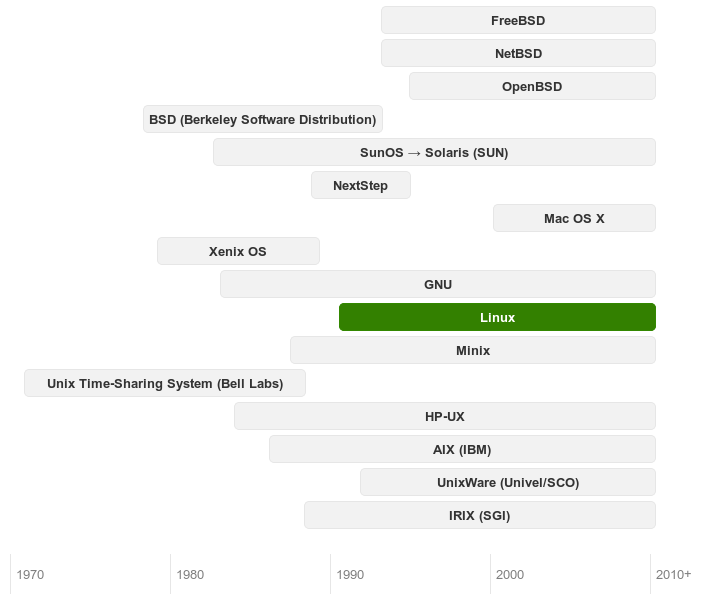Вот приехал вагон лома, мы опускаем туда краном два огромных магнита и передвигаем ими внутри вагона. Так мы разгружаемся:

Если вы присмотритесь к этому лому, то увидите, что он не совсем чистый: где-то есть земля, где-то — тряпки, где-то может попасться ветка дерева. Несмотря на подъём магнитом, из-за того, что железяки у нас довольно корявые, за них цепляется мусор и потенциально может уйти в переплавку. А мы очень не любим, когда на переплавку пытается уехать, например, батарея отопления. Батарея отвратительна, потому что в сантехническом чугуне очень много фосфора, и её надо обрабатывать дополнительно. Древесина и тряпки вообще не плавятся, а горят, земля повышает количество шлака, и поэтому все они не только портят расплав, но ещё и сильно уменьшают КПД электродуговой печи за счёт дополнительных затрат энергии. Поэтому мы очень хотим контролировать качество лома.
Ещё лом отличается, в частности, по толщине металла и размеру кусков. Толстый, правильно порезанный лом без мусора вроде разобранных металлоконструкций мостов — дорогой, а тонкий, мелко накрошенный и с землёй вроде полежавшего на пляже разбитого вдребезги холодильника, — дешёвый.
Естественно, поставщики не стремятся сильно очищать лом, потому что, чем больше там будет мусора, тем меньше металла нужно для поставки — это им выгодно. А потребители лома готовы мириться с порогами в 1,5-2 % мусора (это закреплено в ГОСТах и ТУ), но не больше.
И вот здесь на разгрузку ворвались наши цифровизаторы, очень быстро и очень весело решив проблему. Точнее, они решали одну проблему, а в результате получилось нечто даже более крутое.











